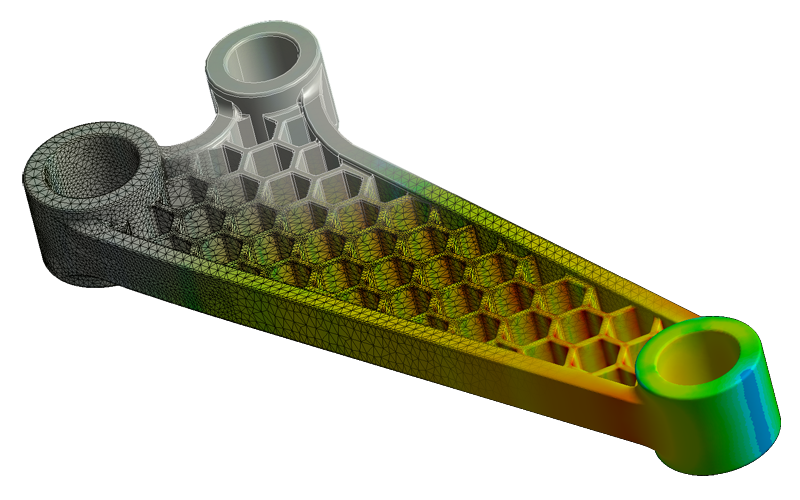Cademix Institute of Technology, Vienna, Austria | +43 650 967 7080 | info@cademix.org


Cademix Institute of Technology
Job seekers Portal for Career Acceleration, Continuing Education, European Job Market
People also visited:
Optimizing SEO for Multilingual Websites: A Comprehensive Guide
Career Oriented Postdocs
Freiberuflicher Architektenjob, Design und Geld verdienen
Discreet Censorship Approach to Maintaining a Healthy Social Media Community
Redefining University Admissions Criteria: Creativity and IQ Tests as the New Benchmark
Innovation in Architecture Offices: Enhancing Creativity Through Technology and Environment
Speak Simply, Write Accurately: Interview Preparation Guide for Non-Native Speakers
Storyboarding in UI/UX: Roles and How to Do It
Job Consultancy Services in Europe
How do Ion-Selective Electrodes Regulate Diseases? A Comprehensive Review
The Future of AI with GPT-4o: Innovations and Expectations
AI-Assisted SEO: Leveraging Artificial Intelligence for Optimal Search Engine Performance
Redefining the New German Experts: From Lifelong Specialization to Cross-Functional Skills
Repair a Concrete Floor
GPT-4o for Business: Transforming Workflows and Productivity
Comprehensive Guide to CV Cover Letter Templates: How to Create, Customize, and Use Professional Cov...
Exploring Remote Optometry Jobs: Opportunities, Responsibilities, and Benefits
Beyond Entertainment: How Digital Engagement Strategy is Reshaping Business and Thought Leadership
Moody Lenses: Stylish and High-Quality Contact Lenses
Selection of Materials and Plastic Technology in Pharma
How AI is Shaping Mobile App Development
Benefits of Having Dual MBTI Personality in Workplace
Career Guidance Essentials for International Students and Graduates
From Photonic Crystals to PICs: Educational Insights into Lumerical and Synopsys Simulation Tools fo...
People also visited:
Job Consultancy Services in Europe
Agile management In Food Industry during Corona Pandemic
Legal Careers in Europe: Opportunities for International Lawyers
5 Key Elements of Quality Control Systems in Electrical Engineering: A Comprehensive Overview
Biofinity Contact Lenses: A Guide to Comfort and Performance
The End of Content Labeling? Why the Future of Media Lies in User Interpretation
How GPT-4o Enhances Text, Voice, and Vision - GPT-4 Capabilities
What It Takes to Be an Influencer
Information Technology & Collaboration: The Key to thrive business teams
The factors in the design process of a tiny house habitable and portable
Comprehensive Guide to the German Job Seeker Visa: How to Apply, Eligibility, and Tips for Success
OptiFree PureMoist: Enhancing Contact Lens Comfort and Hygiene
Optimizing Solar Cell Efficiency: Techniques and Innovations
Cademix Certified Network
Verification of Newton's Law of Cooling Using Arduino
The Synergy of Human Skills and GPT-4o: Maximizing AI Potential
Walk-In Eye Exams: What to Look for and Critical Considerations
Introduction to GPT-4o: The New Frontier in AI Technology
The New Standards of Digital Content Responsibility: Why Users Must Take the Lead
Manufacturing Industry during COVID19 Pandemic
The AI Ethics and Influence: Navigating the Moral Dilemmas of Automated Decision-Making
Freelance Architect Job, Design and Make Money
Mastering Camera Shots for Impactful Video CVs and Educational Content
Scalability of SEO Strategies in Online Platforms

